
How to Safely Remove Broken Keys From Interior and Exterior Locks
- Understanding the Problem of Broken Keys
- Tools You’ll Need to Remove a Broken Key
- Step-by-Step Guide to Removing a Broken Key
- When to Call a Locksmith
- How to Prevent Key Breakage in the Future
Understanding the Problem of Broken Keys
Broken keys are a frustrating issue for many people, whether the key is stuck in your front door lock, car door, or even a mailbox. A key can break for various reasons, such as wear and tear, forceful turning, or an old and weakened key. If you find yourself with a broken key, it’s important to know how to handle it safely without causing further damage to the lock or yourself.
In most cases, broken keys are caused by applying too much pressure when the key is already weakened, especially in older locks. In some cases, even the lock itself can contribute to the problem if it has become rusty or worn over time.
Tools You’ll Need to Remove a Broken Key
Before you start removing a broken key, gather the right tools to ensure you can do so safely and effectively. Here’s a list of the tools you’ll need:
- Needle Nose Pliers: These are great for grabbing onto small pieces of the broken key that might be lodged in the lock.
- Broken Key Extractor Tool: This is a specialized tool designed for extracting broken keys from locks without damaging them.
- Lubricant: A lubricant, like graphite powder or WD-40, can make the process smoother and help loosen the key fragments.
- Flathead Screwdriver: This tool is useful for gently prying open the lock or manipulating the broken key.
Make sure to inspect the lock and the remaining pieces of the broken key before starting. Some tools are more effective for certain types of locks, so understanding the specifics of your lock is key to avoiding further damage.
Step-by-Step Guide to Removing a Broken Key
Follow these steps to safely remove the broken key from your lock:
- Step 1: Assess the Situation – Before trying to extract the key, assess the situation. Is the key completely broken, or is there a part still sticking out? If part of the key is still exposed, it may be easier to remove with pliers or a key extractor tool.
- Step 2: Apply Lubricant – If the key is stuck, apply a small amount of lubricant like WD-40 or graphite powder to the lock. This helps loosen any debris and makes the removal process easier.
- Step 3: Use Needle Nose Pliers – If you can see a part of the broken key, use the needle nose pliers to grip it gently. Be careful not to push the key further into the lock.
- Step 4: Use a Key Extractor – If the pliers don’t work, you can use a broken key extractor tool. Insert the tool into the lock and slowly pull it out along with the key fragment.
- Step 5: Test the Lock – Once the key has been removed, test the lock to ensure it functions properly. If you still encounter resistance, the lock might have been damaged during the process.
In some cases, the key might be too far inside the lock for these methods to work. In that case, you’ll need to proceed with caution to avoid damaging the lock further.
When to Call a Locksmith
If you’ve followed the steps above and still can’t remove the key, or if the lock seems damaged after your attempts, it may be time to call a professional locksmith. Locksmiths have the expertise and specialized tools to safely remove broken keys without damaging the lock.
A locksmith can also assess the lock to ensure it’s functioning properly after the key has been removed. For more information on locksmith services, you can check out Locksmith Finder, a platform where you can find trusted locksmiths in your area.
How to Prevent Key Breakage in the Future
Once you’ve successfully removed a broken key, it’s important to take measures to prevent future key breakage. Here are some tips:
- Regular Maintenance: Regularly lubricate your locks to prevent rust and ensure smooth operation.
- Use High-Quality Keys: Use durable, high-quality keys, and replace old or worn-out keys regularly.
- Avoid Forcing Keys: Never force a key into a lock if it doesn’t turn smoothly. Forcing it can cause it to break.
- Consider Key Duplication: Always have spare keys made, especially if you’re using older or heavily used locks.
By maintaining your locks and keys, you can significantly reduce the likelihood of key breakage, saving yourself time and money in the future.

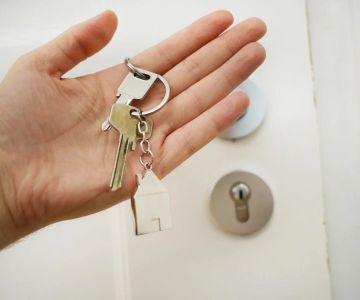
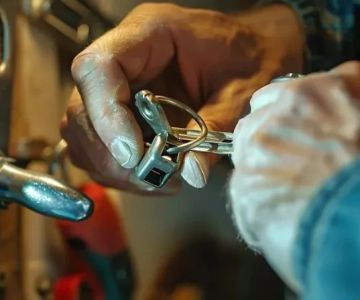

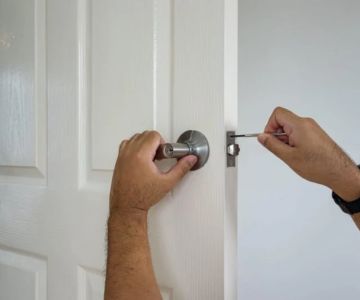
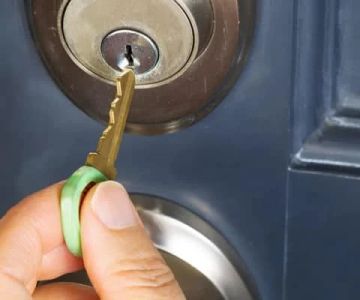
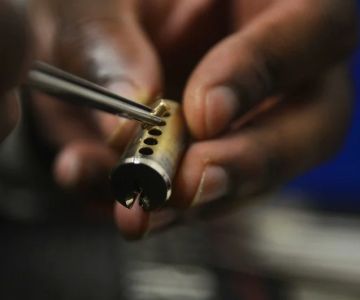
 Sage Security Solutions4.0 (74 reviews)
Sage Security Solutions4.0 (74 reviews) KeyMe Locksmiths4.0 (87 reviews)
KeyMe Locksmiths4.0 (87 reviews) KeyMe Locksmiths4.0 (20 reviews)
KeyMe Locksmiths4.0 (20 reviews) KeyMe Locksmiths3.0 (10 reviews)
KeyMe Locksmiths3.0 (10 reviews) Minute Key4.0 (4 reviews)
Minute Key4.0 (4 reviews) KeyMe Locksmiths4.0 (19 reviews)
KeyMe Locksmiths4.0 (19 reviews)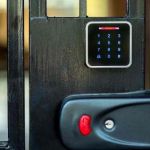 The Importance of Installing a Smart Lock on Your Fence Gate
The Importance of Installing a Smart Lock on Your Fence Gate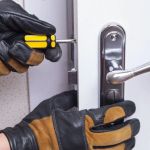 The Risks of Using Cheap Locksmith Services
The Risks of Using Cheap Locksmith Services How to Protect Your Home from Common Burglary Techniques
How to Protect Your Home from Common Burglary Techniques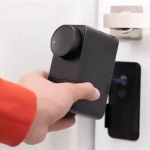 The Benefits of Installing Smart Locks on All Exterior Doors
The Benefits of Installing Smart Locks on All Exterior Doors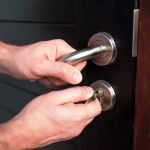 How to Protect Your Home from Lock Shimming: Locksmith Tips to Safeguard Your Property
How to Protect Your Home from Lock Shimming: Locksmith Tips to Safeguard Your Property Locksmith Tips for Keeping Your Keys Safe at Home: Expert Advice
Locksmith Tips for Keeping Your Keys Safe at Home: Expert Advice